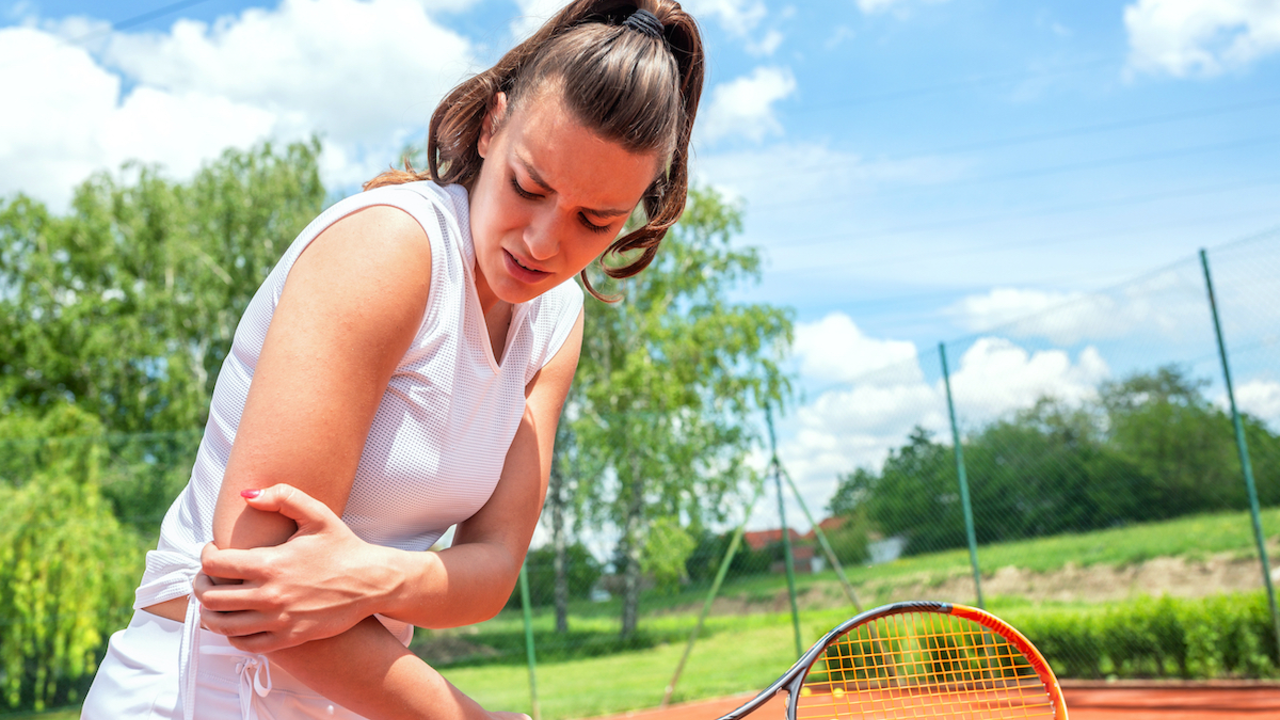Unravelling the Enigma of the Tennis Tendons
I'm sure you have, at some point, idly lounged on the sofa on a sunny Sunday afternoon, flipping through channels, when you landed on a professional tennis match. What probably strikes you, as you watch these athletes dart across the court, is not just their incredible speed and agility, but also their relentless power. Have you ever thought, like I have, about the amount of strain those tennis swings put on their elbow? Incredibly enough, despite the intensity of their play, these professionals rarely suffer from 'tennis elbow'. The reason? Oh, it's a juicy, fascinating combination of physiology, technique, and consistent conditioning - just the perfect cocktail my sport-aficionado brain loves. So, lace up your metaphorical tennis shoes, folks, as we delve deeper into why professional tennis players usually dodge the 'tennis elbow'.
Understanding the Terminology: "Tennis Elbow", What is it?
'Tennis elbow', or lateral epicondylitis for those enamoured with medical jargon, is an affliction of the tendons around the elbow joint. Too much straining of these tendons - often resulting from repetitive arm movements - can lead to tiny tears in the tissue, causing pain and inflammation. It's akin to that heart-clenching moment when you realise you have torn a favourite shirt. Only, instead of regret, there is pain. Now, although the term 'tennis elbow' might suggest that it only afflicts tennis players, in reality, it can hit anyone using their forearm muscles repetitively. It's even been known to plague avid knitting enthusiasts – leading some to speculate whether a 'knitting elbow' moniker might be more suitable. Fun fact: less than 5% of tennis elbow cases are actually related to tennis!
Professional Skills: Matchless Techniques and Rigorous Conditioning
So how do professional tennis players engage in vigorous arm movements day in and day out without falling prey to tennis elbow? The key lies in their impeccable technique and conditioning. You see, these athletes train relentlessly to perfect their strokes, enabling them to distribute the impact of each swing evenly through their muscles, rather than concentrating it on their elbow. Much like sharing pizza with friends lightens the load on your mid-section, sharing the workload of your swings across your muscles helps to protect the elbow. Moreover, the meticulous strength and stamina training these athletes undergo makes their muscles more resilient, helping them resist damage.
Fun story time, since we are on the subject. I remember when I was a wee teenage lad, attempting to rule the tennis court at my school's sports day. Needless to say, I lacked the forethought to train adequately - heck, the only training I did was to practice my trophy-raising move! The result was painful, embarrassing, and a humbling introduction to tennis elbow. I was not alone in my folly, though. A large number of recreational players, unlike professionals, tend to neglect correct technique and physical conditioning, making them more susceptible to this ailment. I can tell you from painful experience, it’s not an affliction you want to win in a match.
Preventive Measures: Exercise, Equipment, and Expertise
Sport-specific fitness regimens and honed techniques do a spectacular job of bestowing pros with elbow endurance. However, the cherry on top of the injury-prevention cake is the average tennis pro's meticulous attention to preventive measures. One of the most important of these is staying fit. Professional players continuously exercise to enhance the strength and flexibility of their arm muscles. By doing so, they fortify their defences against the likelihood of elbow tissue damage. It's like soldiers adding more layers of armour to shield themselves from injury.
Choosing the right equipment also plays a crucial part. Pro players use rackets that suit their style and body capabilities, and string tension tailored to their needs, reducing unwanted strain. It's not unlike selecting the perfectly balanced utensil for flipping pancakes - too light, and you won't build enough momentum; too heavy, and you might just sprain your wrist. I learned this lesson the hard way during my pancake-flipping journey, when an ill-chosen spatula led to many a pancake falling disastrously to the floor.
Understanding the Mental Game
The final hidden ace up a pro player's sleeve is their mental game. Psychological resilience is just as important as physical conditioning to prevent injuries. Tennis is a sport that demands strong mental fortitude, with players spending as much time honing their mental prowess as they do on their physical abilities. This robust mental framework enables players to stay focused and maintain correct form even under immense pressure, preventing undue stress on their joints. Alas, my own mental game was sorely lacking in my unfortunate sports day debacle. If only my dedication to perfecting my trophy-raising move had extended to practicing my forehand…
In a nutshell, while tennis elbow might sound like a professional hazard to tennis players, in reality, the combination of skilled technique, comprehensive conditioning, preventive measures, and a strong mental game give pro players a powerful shield against this ailment. Certainly, there's much we amateur tennis enthusiasts can learn from their approach, if we want to keep the elbow pain from raining on our tennis parade! Let's remember to hit the tennis courts with the right kind of swing - an informed, exercised, and resilient one!


